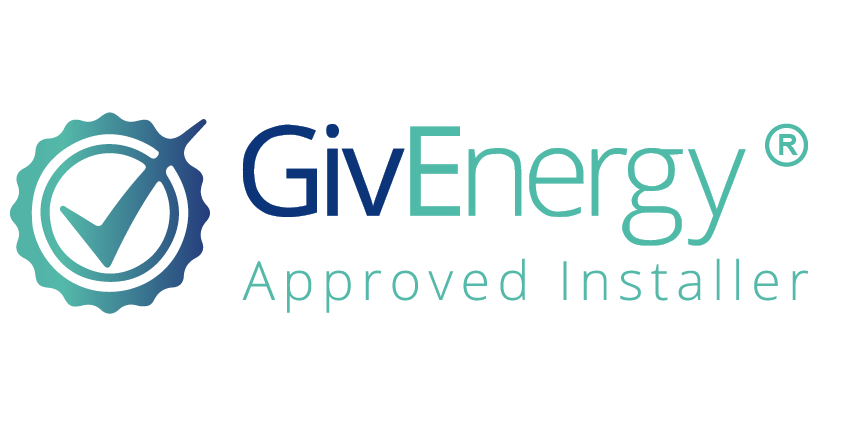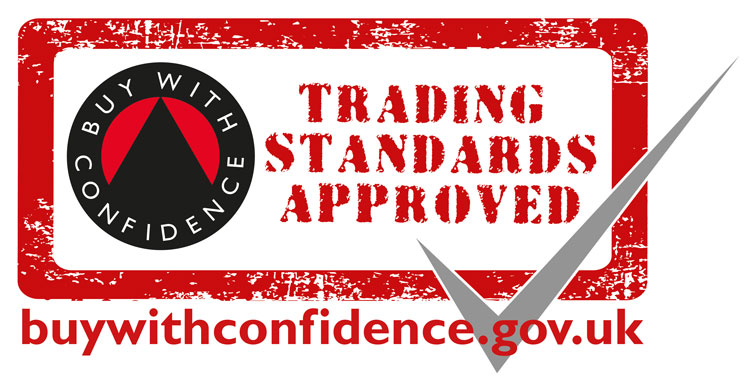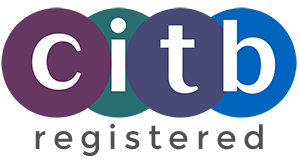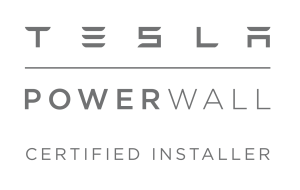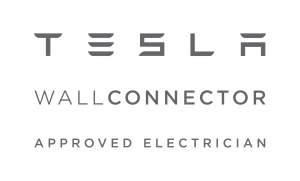What is External Wall Insulation (EWI)?
External Wall Insulation (EWI) is a system designed to improve the thermal efficiency of solid-wall or non-cavity properties. It typically involves fixing insulation boards — most commonly Expanded Polystyrene (EPS), Mineral Wool, or Phenolic Foam — to the external walls of a building.
These boards are then covered with a reinforced base coat, mesh system, and decorative render finish, giving the property a refreshed, modern appearance while helping to reduce heat loss.
When designed and installed correctly, EWI can significantly improve energy efficiency, reduce carbon emissions, and enhance comfort levels for residents.
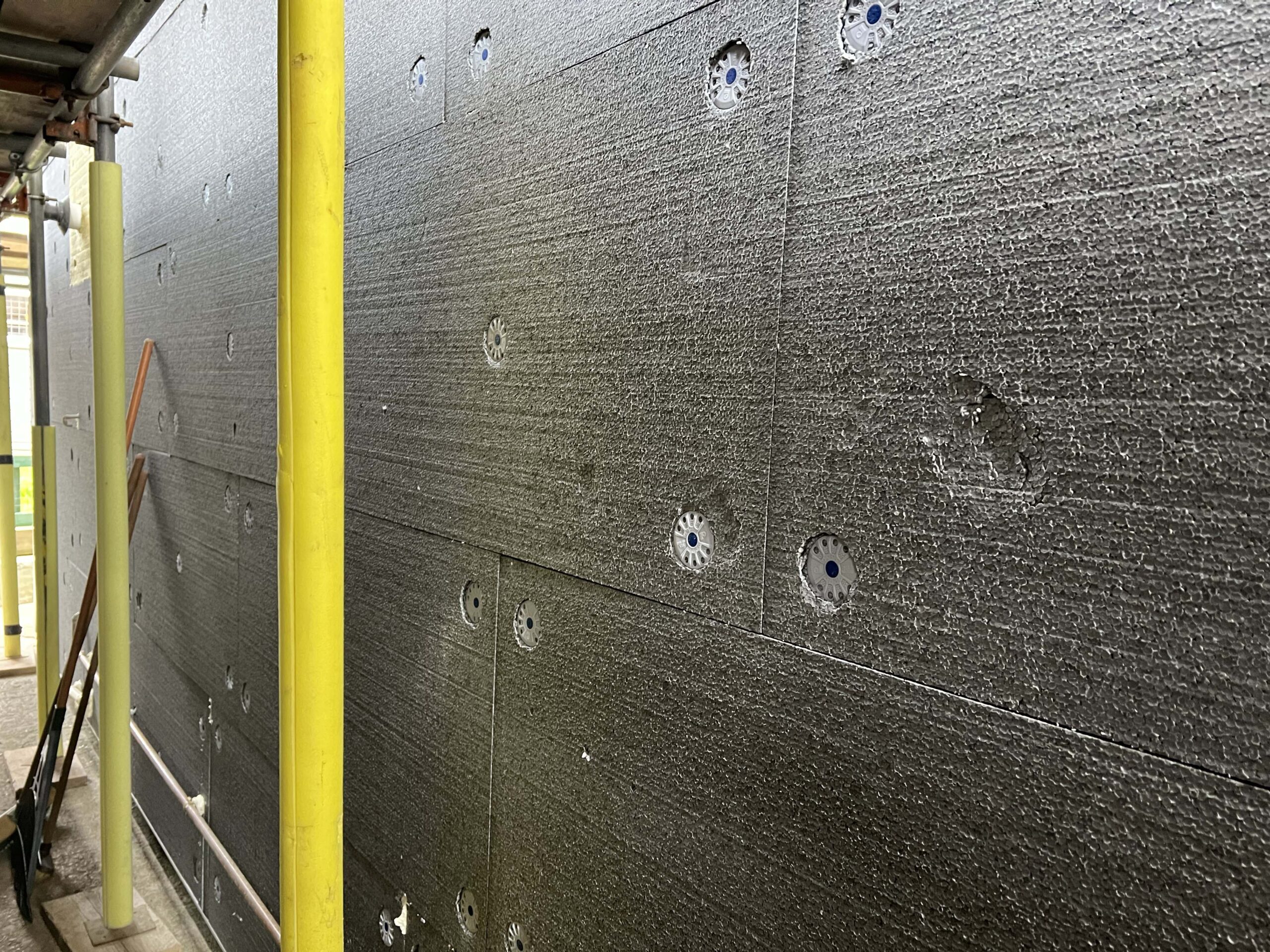
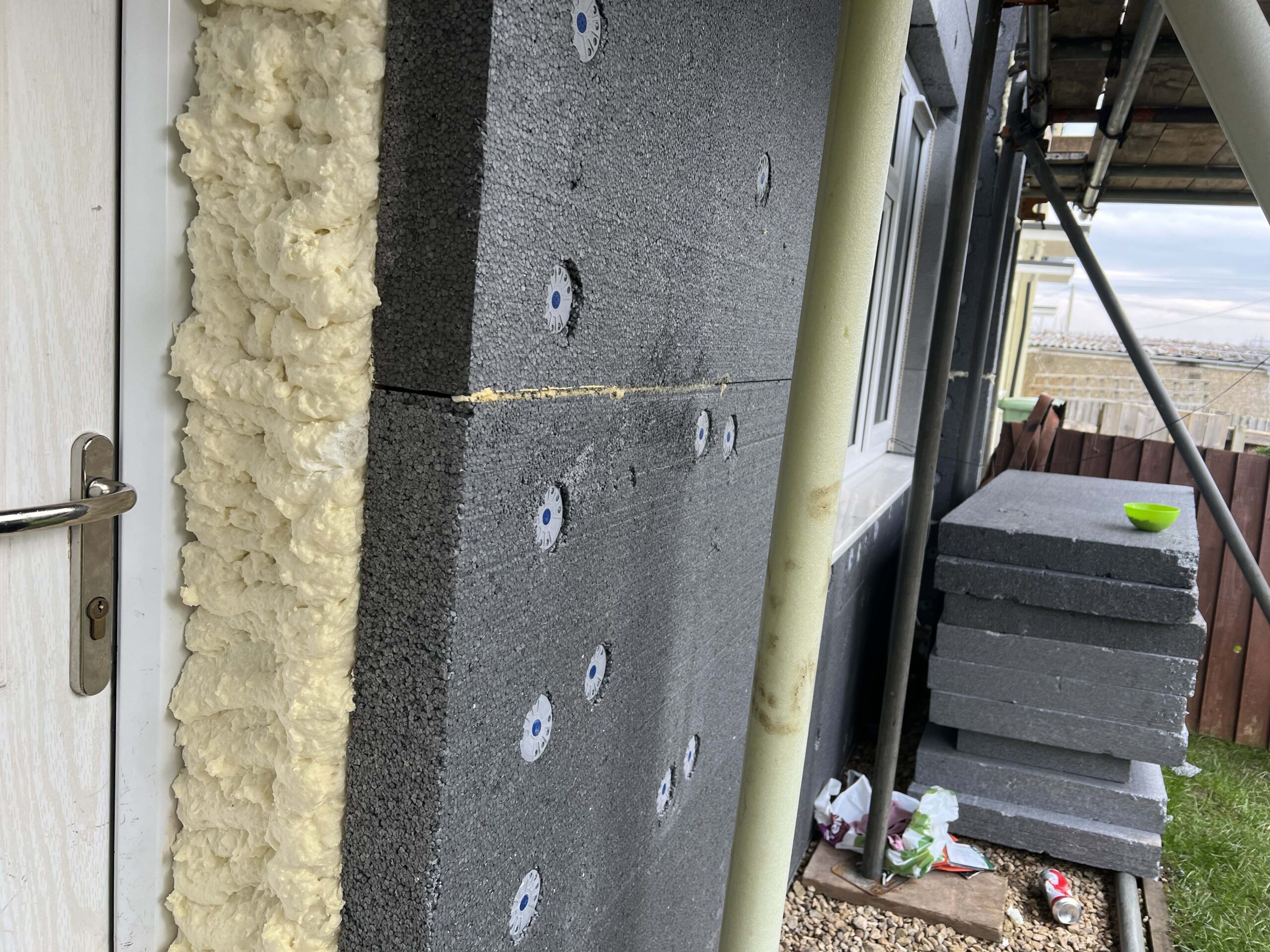
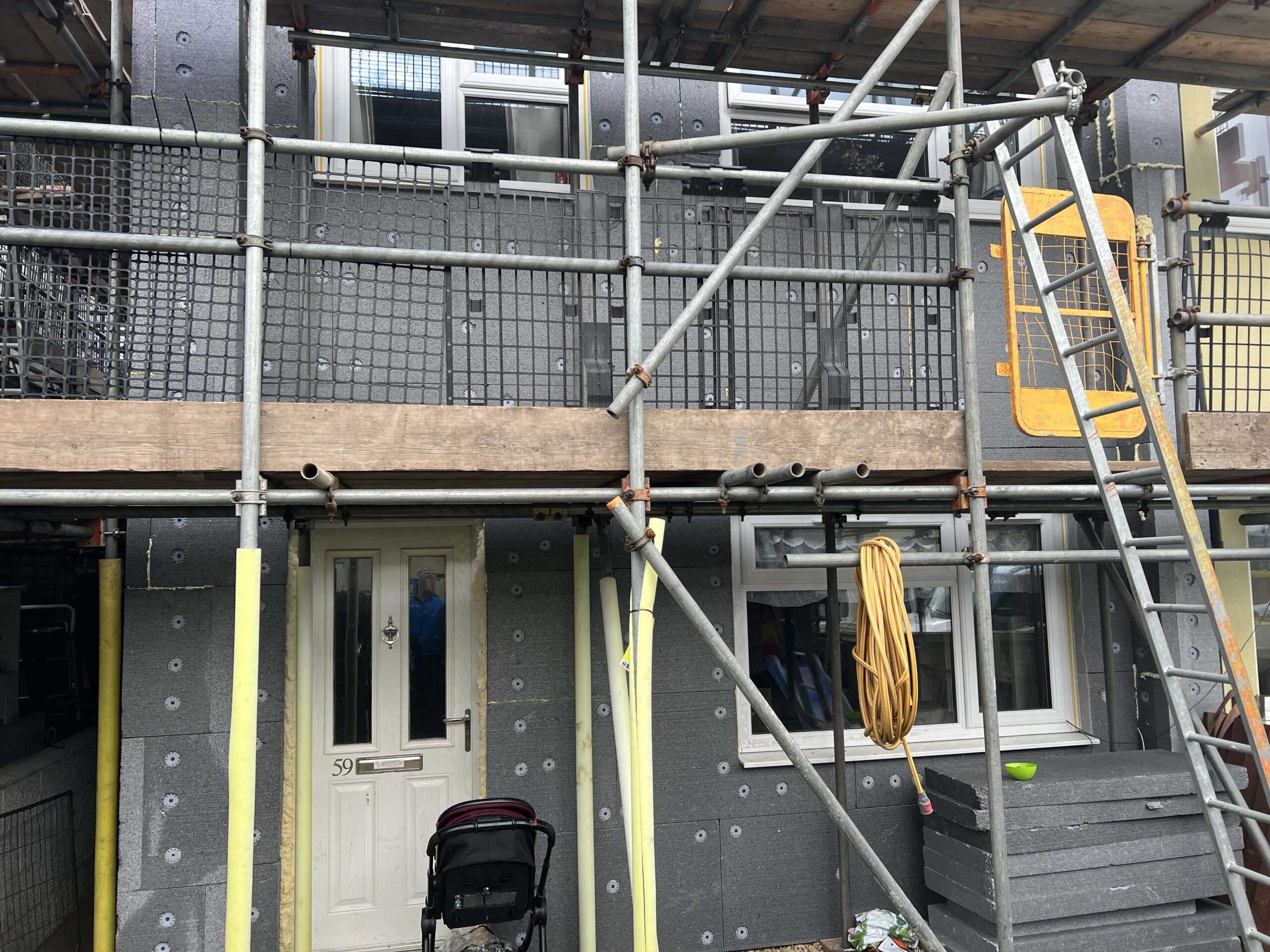
Why Are So Many EWI Systems Failing?
Over the last decade, particularly during the early phases of government retrofit funding (ECO, Green Deal, RE:NEW, Arbed, etc.), thousands of EWI installations were carried out at speed and often without proper design, preparation, or quality control.
This has led to widespread problems now being reported across the UK — including by housing associations and national media.
The main causes of EWI failure include:
• Poor preparation of the substrate
Existing render, paint, or damp walls not properly cleaned or stabilised before insulation boards were applied.
• Inadequate detailing
Weak points around windows, sills, rooflines, and damp courses allowed water ingress.
• Incorrect fixings or adhesives
Leading to detachment, cracking, or bulging of the system.
• Lack of ventilation or trapped moisture
Resulting in condensation, mould, and brick deterioration behind the insulation.
• Non-compliance with PAS 2030 or manufacturer specifications
Many older systems were installed before current standards were enforced.
The result has been widespread delamination, damp penetration, render cracking, algae growth, and even system collapse in severe cases.
Unfortunately, once an EWI system fails, patch repairs are rarely successful — full removal and replacement is usually required.
Our EWI Removal Process
At Arrow Insulation & EWI Removal, we are fully trained and equipped to safely remove failed external wall insulation systems, preparing the structure for re-insulation or restoration.
Our removal process typically includes:
1. Initial Survey & Assessment
A detailed site survey identifies the type of system installed, fixing method, render type, and any underlying wall damage. Cavity checks, and photographic evidence form part of our assessment.
2. Controlled Removal of Render & Insulation Boards
We carefully strip back the render and insulation panels using mechanical and manual techniques, ensuring minimal disruption to the substrate and surroundings.
All waste materials are safely bagged, segregated, and disposed of at licensed facilities in line with environmental regulations.
3. Inspection & Wall Preparation
Once the insulation is removed, we can check for damaged brickwork. Walls are then cleaned, repaired, and stabilised — ready for either a new insulation system or traditional re-rendering.
4. Optional Re-Insulation or Wall Restoration
After removal, we can either:
Install EPS Bonded Bead Cavity wall insulation if a suitable cavity is present; or
Prepare the property for re-render and repaint options.
Why Choose Arrow:
✅ PAS 2030:2023 and TrustMark accredited
✅ Experienced in both EWI removal and insulation extraction
✅ Fully insured and certified waste carriers
✅ Experienced teams working on social housing, high-rise, and private developments
✅ We provide full documentation, photographs, and handover reports








